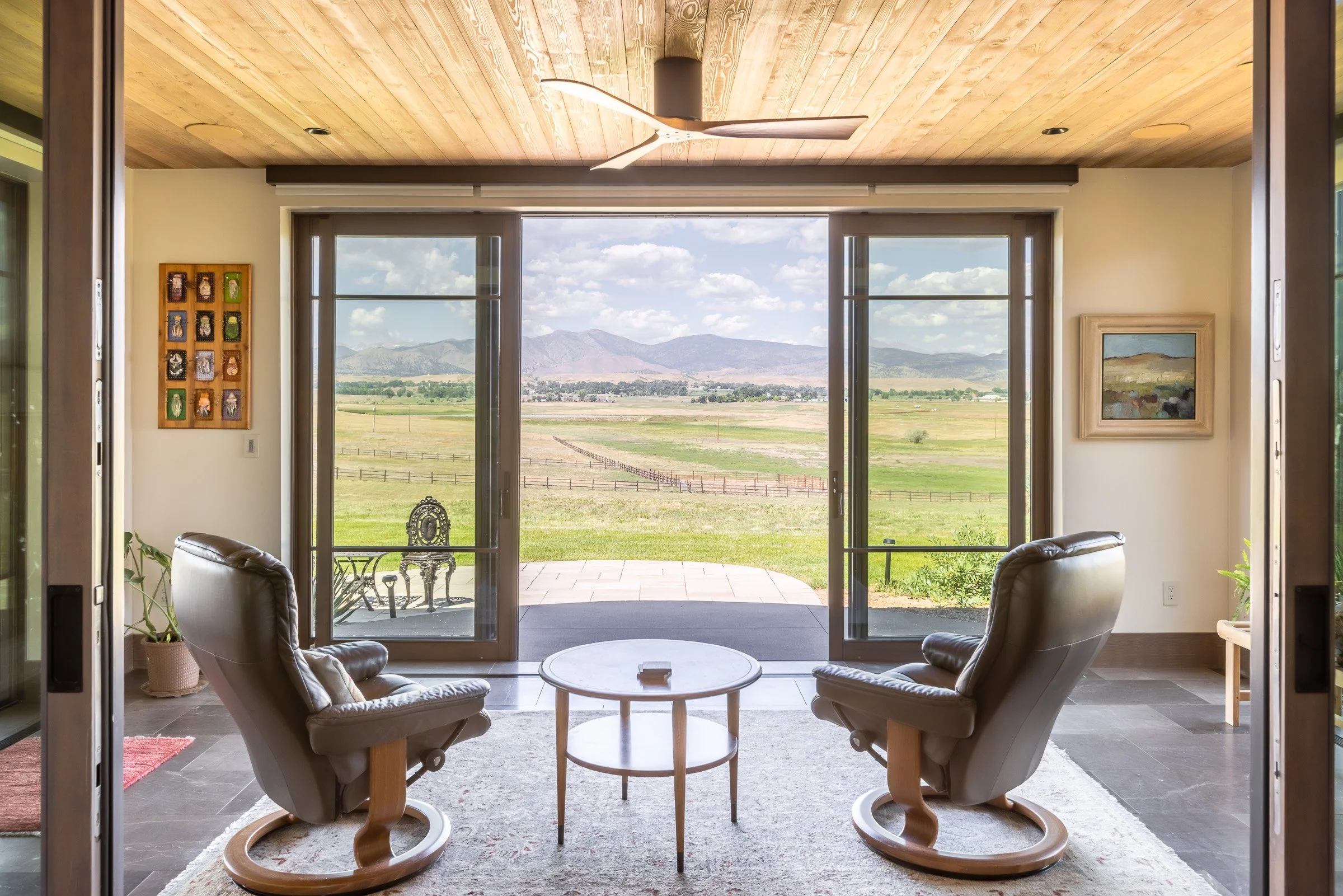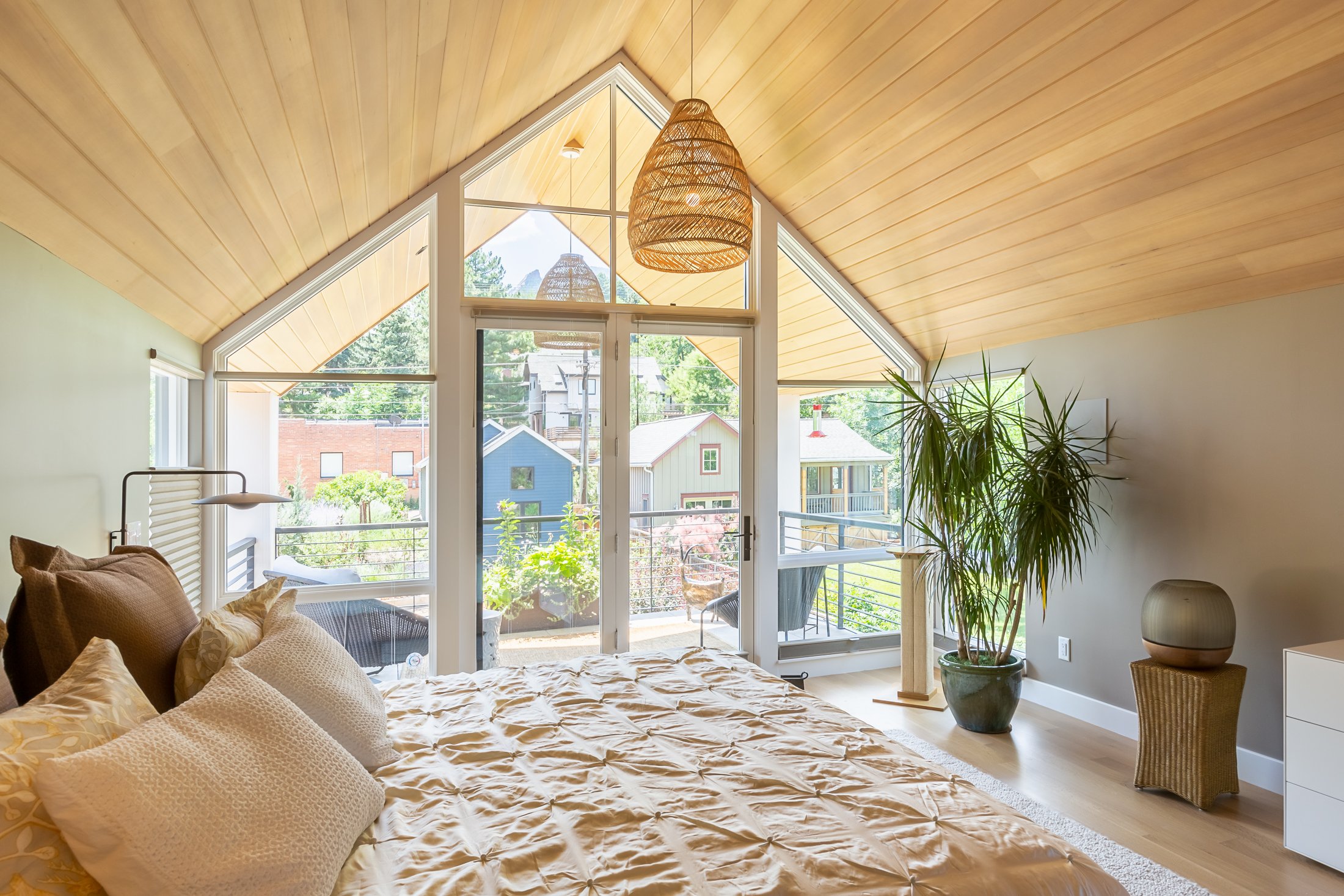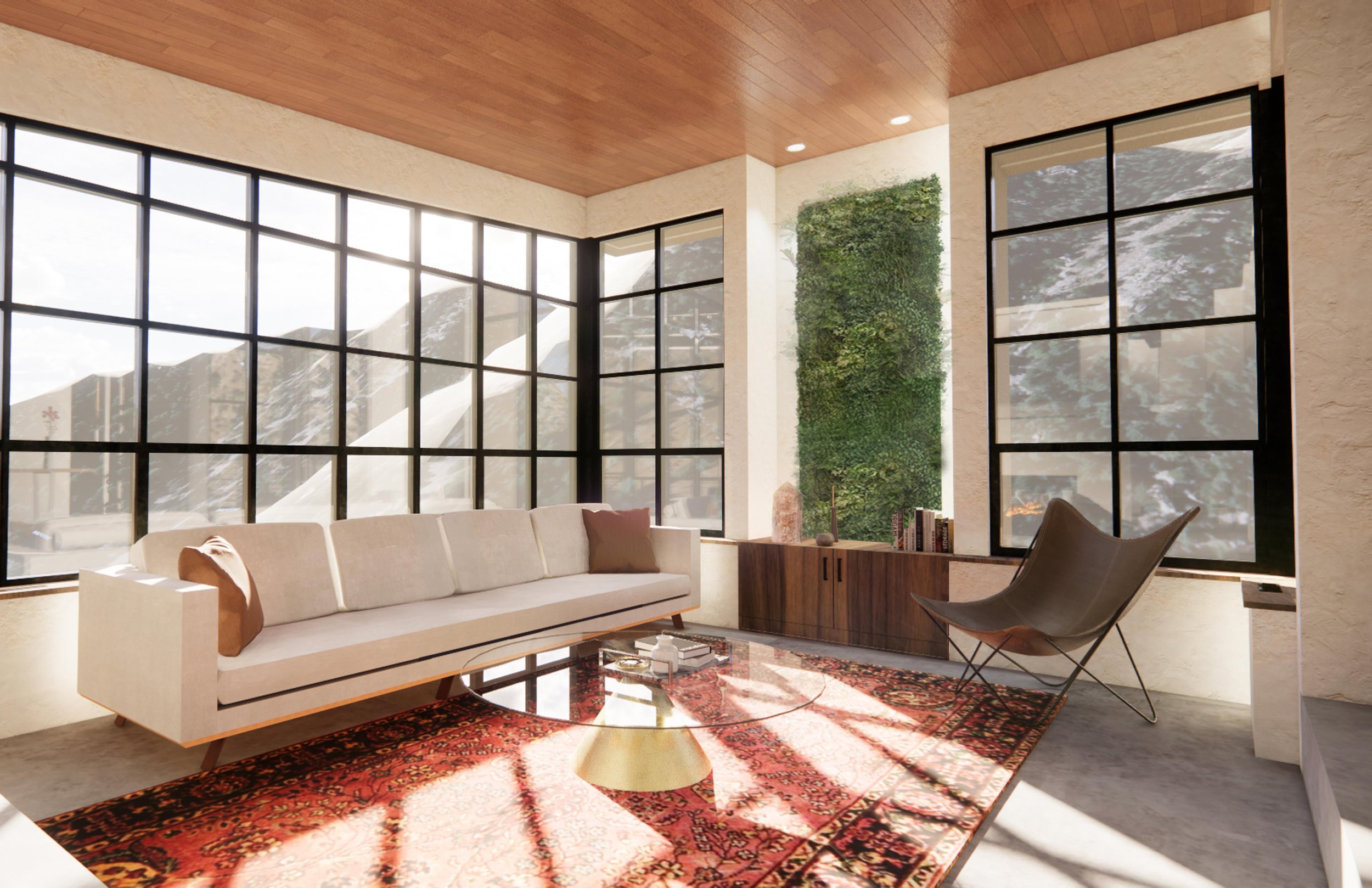2023 Architecture Trend: Biophilic Design
In today's fast-paced world, it's becoming increasingly important for architects and designers to create spaces that not only look good but also promote well-being and productivity. One approach that has gained significant attention in recent years is biophilic design. In this blog post, we'll explore this trending field and look at some examples of biophilic architecture in practice.
What is Biophilic Architecture?
Before we dive into the specifics of biophilic architecture, let's first define what we mean by "biophilia." Biophilia refers to the inherent human need to connect with nature. This connection can take many forms, from simply enjoying a view of the outdoors to feeling a sense of calmness in a green space.
Architecture is the perfect medium to explore biophilia, as it can be used to create spaces that bring people closer to nature. Biophilic architecture is a design philosophy that aims to create buildings that connect people to nature. It's based on a set of principles that can be used to guide the design process.
Let's take a closer look at these principles:
Visual Connections with Nature = Windows, skylights, and views that bring the natural world into a space generating a feeling of serenity
Non-Visual Connections with Nature = Natural materials, textures, patterns, sounds and smells
Thermal and Airflow Variability = Providing comfort to the body and mind through natural ventilation and temperature control
Presence of Water = Fountains or ponds and other water features to reduce stress, lower heart rate, and evoke a positive emotional response
Lighting = Integrating natural light with good quality artificial lights to enhance well-being in spaces that are occupied for long periods of time
In Recent Projects:
Biophilic architecture emphasizes the connection between humans and nature. By incorporating natural elements into buildings and homes, we can create spaces that promote well-being, productivity, and creativity. From visual connections with nature to dynamic lighting and thermal variability, the principles of biophilic architecture can be used to guide the design of buildings to work in harmony with the natural environment.
In a world where we spend most of our time indoors, this offers a way to reconnect with nature and improve our quality of life. As we continue to explore this fascinating field, we can count on buildings that not only look good but also make us feel good.





